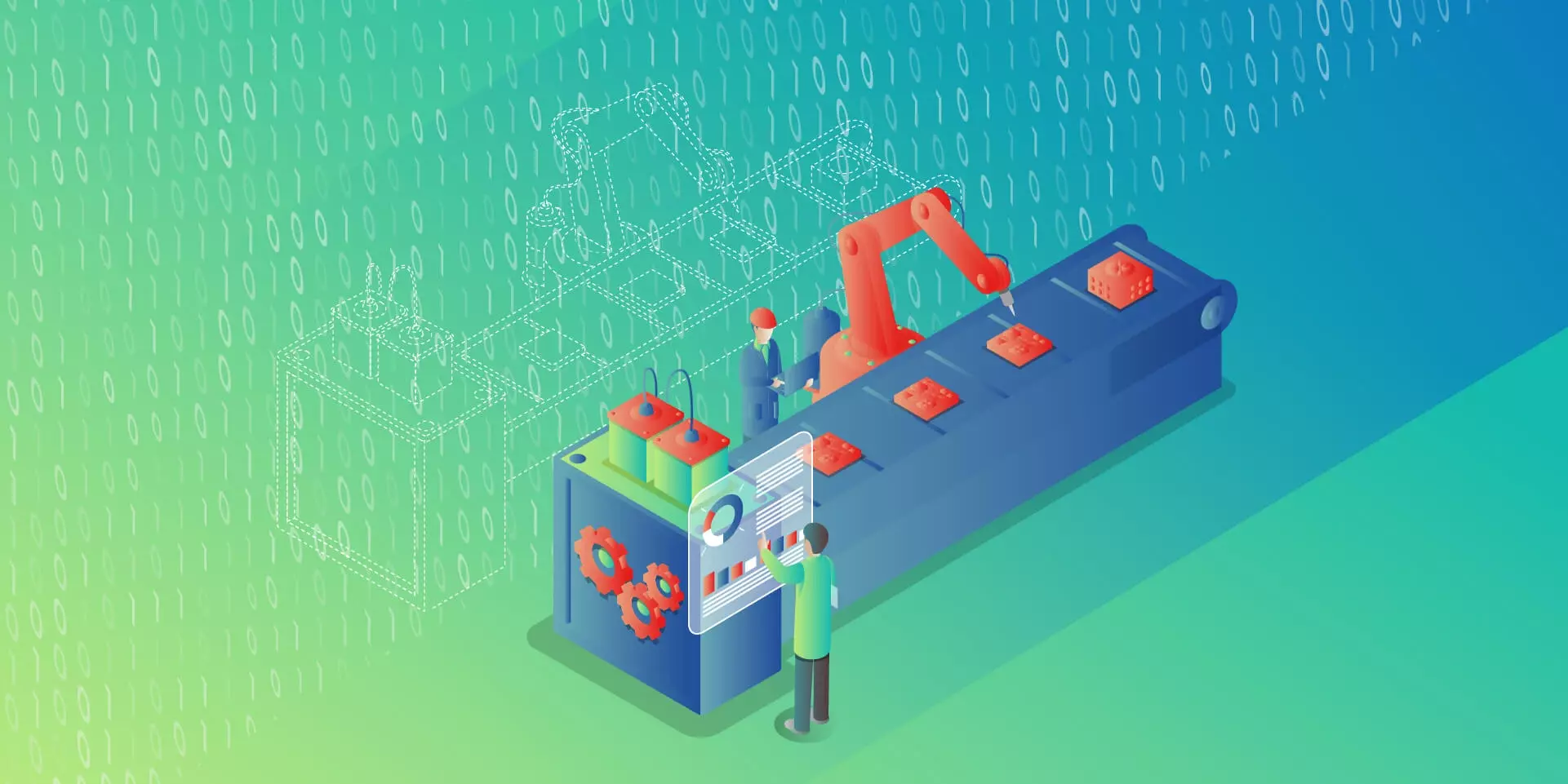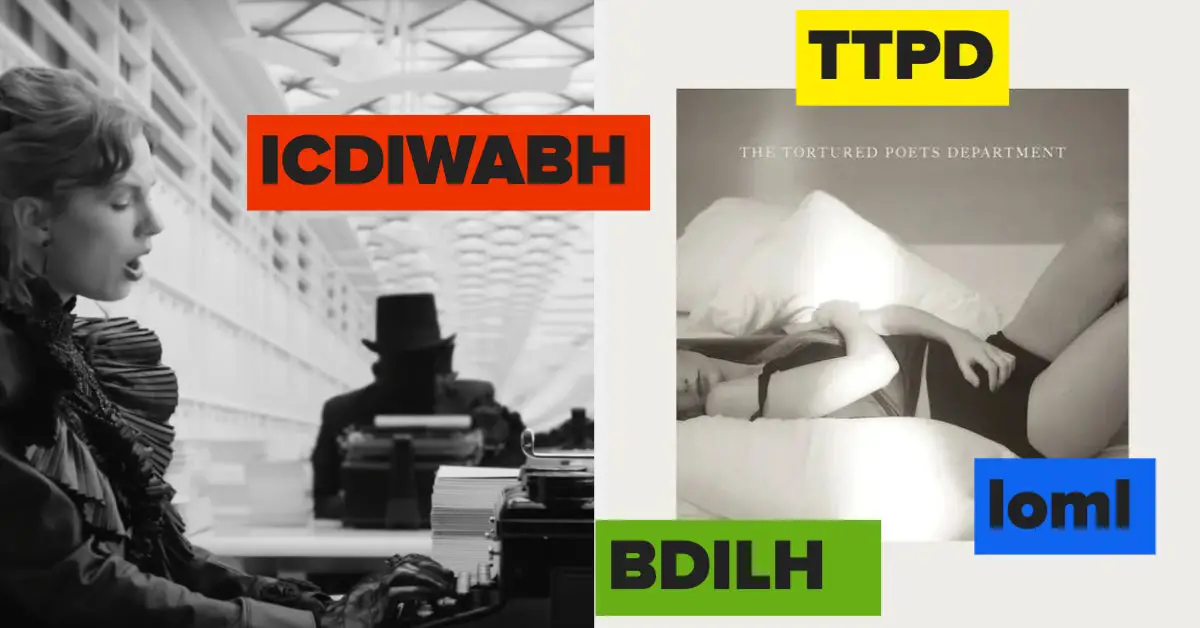Retail stores and factories are being cloned for the virtual world, for familiarity and efficiency. Now it’s time for automotive, which is more and more willing to use digital twin factory. This innovative technology perfectly bridges the real and virtual worlds. It is already happening now, for instance in BMW factories.
Digital twin and Industry 4.0
The fourth industrial revolution necessitates the use of advanced data-driven technologies. This includes digital twins. It’s an idea that allows you to simulate products, services, and entire processes for creating more efficient and faster quality solutions. By using video, images, diagrams or other data for advanced 3D mapping, a new virtual reality is created.
This concept is becoming increasingly common in various market sectors, including automotive. Not only individual vehicle parts, but even entire factories are already being created in the digital space. The latter can be seen, for example, at BMW.
But it is also being used in many other sectors, not just the industry as such. For instance, tests are being carried out to use the technology for surgical treatment of patients with heart conditions – so digital twins would be used for the advanced replication and examination of internal organs. Besides, they would enable faster development of prototypes of even such machines as airplanes. Architects, by contrast, no longer have to rely solely on their imagination in such a scenario, but can use perfectly reproduced models of skyscrapers, accurate down to the nearest centimeter.
Digital twins enter factories now
Just imagine this scenario: the opening gate of a manufacturing plant. Coating a car door with paint. Workers, going from section to section, carrying out their jobs. Except that these are just very realistic simulations. And the workers are, in fact, only avatars. This is how the idea of the digital twin in the automotive industry can be summarized. It’s creating a separate, comprehensively perceived manufacturing process.
The digital twin in the automotive industry includes a virtual replica of the entire car and its physical behavior, including software, electronics, mechanisms, etc. And it can additionally store all performance and sensor data in real-time, as well as configuration changes, service history, and warranty information.
Making the digital twin a reality at BMW
This trend is already becoming widespread. For example, at the German BMW factory. The virtual three-dimensional replica of the vehicle factory used by the company is a space reproduced down to the smallest detail, which can be accessed using a screen or VR goggles. Why ” dabble” in such technology at all? To save money, at least, among other things. Non-physical, virtual resources allow you to test or improve assembly line parts without having to move or operate on heavy machinery.
Machine learning algorithms also help in managing robots. These, in a simulated version, can make various complex moves to make the process as streamlined as possible. And all this without wasting energy on time-consuming tests. Besides, this way robots learn new ways of working.
Advanced software also simulates,e.g., the behavior of workers: their paths of movement and actions. By doing so, an attempt is made to minimize possible ergonomic problems. Frank Bachmann, BMW’s factory manager, says the time needed to plan the factory’s operations has been reduced by at least 25 percent. Anyway, the changes are happening as we speak, because even before the individual parts of the drive systems for electric vehicles leave the BMW plant, the entire production process is already finalized in the virtual version of the Regensburg factory.
The aforementioned benefits are such a boon for BMW that the company intends to develop more of this type of technology. Their soon-to-be-introduced twin factory model is expected to be a replica of the factory in Hungary, and subsequently, this will apply to other factories around the world.
Innovation driven by synergistic collaboration
BMW is an automotive giant that promotes and uses the virtual technology of tomorrow not alone, but with the right support from technology companies that are responsible for the software implementation. In the case of the German automotive brand, the partner is the chip company, Nvidia. It uses its proprietary Omniverse system, which offers the possibility to simulate the entire production process, taking into account even such physical factors as gravity.
Clearly, everything is to be conducted in the framework of photorealistic detail. This complex virtual environment allows for the creation of diverse 3D models. It’s also innovative in the sense that Omniverse’s open file standard is compatible with numerous computer-aided design packages. Richard Kerris, general manager of Omniverse at Nvidia, refers to the project as “one of the most complex simulations ever made”.
But the solutions do not close at Invidia, and automotive companies can also choose from other offers of technological implementations. And there is every indication that there will be more and more of these offerings. For example, in November 2021, Amazon unveiled the AWS IoT TwinMaker, a service that generates digital duplicates of real-world systems for business. An immersive 3D view of systems and operations enables optimizing efficiency, increasing production, and improving performance. So does the platform-as-a-service (PaaS) offering, Azure Digital Twins. It enables the creation of digitally based models of various environments such as buildings, factories, power grids, and even entire cities.
Use cases, in other words: how can the concept of digital twin be used in the automotive industry?
It may seem to some that creating digital twins in the automotive industry is unnecessary “gadgetry” or blind following of trends.
After all, why simulate the creation of a vehicle? Isn’t it better to spend time, energy, and resources on improving what is already underway? Isn’t it better to invest in the REAL production result? All of this is not so simple. Especially when you realize that this technology is not just about virtualizing the vehicle development stage. The idea behind digital twin factories focuses not so much on the development of the cars themselves, but on the entire broad ecosystem. It is about creating and sustaining, in a controlled environment, the entire production environment:
- logistics,
- employees,
- deployment of machinery,
- chain value.
Ding Zhao, a Carnegie Mellon University professor specializing in artificial intelligence and digital simulations, argues that simulations are crucial to the industry. This is the case for two reasons. First, it’s about simulating dangerous situations. Under “normal” circumstances, this is often simply impossible. Just as impossible is running machines for millions of cycles each time, only to collect the necessary data for analysis.
The simulation, therefore, takes into account the entire environment of the production process. It is a comprehensive and all-encompassing view of the problem. A virtual answer to the question of real needs, and of real benefits. And these are numerous.
Prediction first
The digital twin gives people in charge of maintaining productivity in a factory an important “weapon” to fight against financial loss. It’s called predictive maintenance. Predicting what’s to come saves resources and allows us to better plan future production and sales activities.
This ranges from product testing, determining maintenance needs and line improvements, to turnover planning. For instance, different types of chassis can be tested in diverse weather conditions. In a virtual world, of course. What is more, such solutions can be tested right away by customers, who will thus immediately share their impressions of the product. So you get feedback even before the solution is released on the market.
OEMs can maintain a twin vehicle of each VIN and software number and can do updates wirelessly (SOTA) or temporarily enable or disable some features.
In the simulation, for example, you can also pay attention to functionalities that drivers rarely use. If something doesn’t work, you can back out of the idea, even before it is implemented.
In addition, it is also possible to configure the infrastructure of factories so that employees can be trained remotely without physically installing the equipment. This opens up further possibilities for the internationalization of a brand. In this way, a manufacturing company in the U.S. can train a new team in Japan even before the plant in the Land of Cherry Blossoms is completed.
Improving manufacturing capabilities
The technology described here yields huge savings not only in terms of money but also in terms of time. In the traditional automotive industry, companies have to focus too long on verifying new features or designs. And all because they have to wait for the production process to be completed.
The digital twin clears this hurdle. You can easily test the impact of a new machine with new features and parameters for your production output. It’s a fast, yet reliable way to verify the success and performance of an innovative project.
Effective data management
Virtual simulation technology allows for reliable data analysis, both present, and past. All data, e.g. regarding stoppages or configuration changes, are collected in real-time. So you can see exactly when machine stoppages are likely to occur. And not only that.
As a result, people in decision-making positions can plan uninterrupted production with minimal financial loss. And car dealers, having an insight into a vehicle’s service history, know exactly what they are marketing.
Based on this, you can also better anticipate customers’ demand and improve customer satisfaction when using the car.
Importantly, the data collected is integrated and unified across several sources simultaneously. It is not a problem to get insight into performance data, driver behavior data, and archived information on previous models.
Perfect finish
As you may be aware, the production of a new model may take even 5-6 years, therefore even a minor oversight may disturb the stability of a company, especially when it concerns the flagship and widely advertised model. For image and financial reasons, it is particularly significant today that the product is competitive, reliable and perfectly developed.
What is the conclusion? Even a small omission can impair the stability of a company, especially when it involves its flagship and widely advertised model. For image and financial reasons, what matters today is that the product is competitive, reliable and perfectly developed.
The digital twin, which allows design and simulation in a completely virtual environment, favors the creation of products perfect in every detail. High-performance rendering and visualization tools allow you to select from a wide variety of materials and textures. And nothing stands in the way of optimizing airflow or heat emission. Every detail will be planned.
Why use a digital twin?
There are many benefits when using a digital twin in automotive. A simulation of this type means:
- an optimal design of the production process already at the digital copy stage, rather than on a “living organism”.
- saving time and money. By “getting ahead” of future production problems.
- a better estimate of production line extension costs
- an easier analysis of each stage of the production process for so-called “bottlenecks”.
- faster, more interactive communication between vehicle designers, stakeholders and end customers.
- improved ergonomics at all workstations in the plant.
- the determination of product behavior throughout the life cycle. Thus facilitating R&D work.
- the ability to reuse proven models and quickly evaluate the impact of changes.
- an option to integrate all data between the previous vehicle generation and the current vehicle design in a digital model.
Clearly, this is one of the most cost-effective data-driven manufacturing concepts today.
Digital Twin factory. No longer science fiction
The concept of digital twins in the automotive industry is the future, not science fiction. Before long, every factory or building will have a digital counterpart, helping to better manage it.
The digital and real worlds will seamlessly intertwine. The convergence of physical and virtual versions offers the possibility of overcoming various challenges that are now commonplace in the automotive value chain.
The most powerful giants, with BMW at the forefront, know this. Everything indicates that soon every manufacturer in the industry will have to consider investing in such solutions at some stage and to some extent. Anyway, from the company’s point of view, it is not a sacrifice, but a chance to develop against the competition. And an opportunity to achieve numerous measurable benefits.
Do you want to introduce a digital twin in your company or talk about the opportunities this technology will provide you? Write to us and get support from AI and IoT experts with automotive backgrounds.
Source link











Leave a Reply